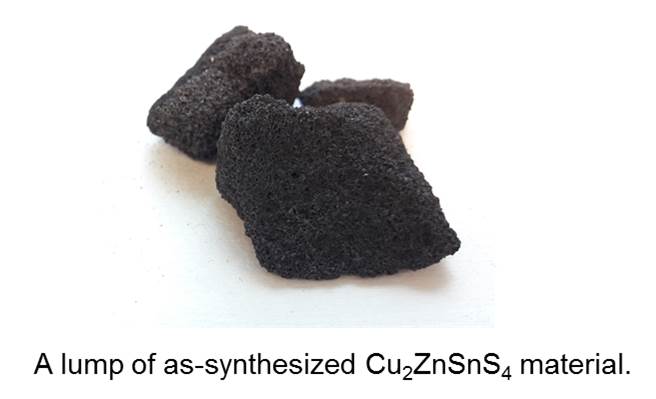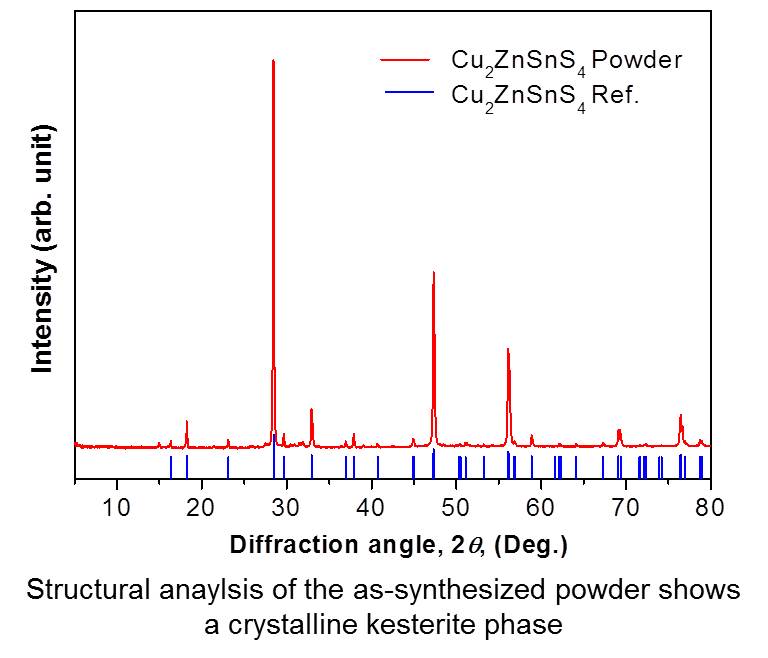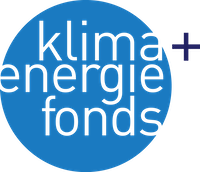SPRINT-CELL Sulfide-based Ink for Printable Earth Abundant Solar Cell
The thin film photovoltaic (TFPV) industry is currently facing two critical challenges for its long-term expansion. One of the challenges is to increase the production capacity and the other concerns the use of abundant raw materials for sustainable TFPV production. TFPV production still operates far below the silicon photovoltaics production capacity level of 2.5-3.5 GWp/year, which gives rise to more expensive TFPV modules. One of the causes is that the production rate and scale of state-of-the-art, vacuum-processed thin films remain limited. Efforts to expand the vacuum-based TFPV fabrication facilities to larger area deposition systems require huge capital investment and maintenance costs. Another critical issue for the TFPV industry concerns the sustainable raw material supply when a terawatt-scale TFPV deployment is projected. Both established TFPV technology of CIGS and CdTe are believed will meet their yearly production limits due to the scarcity of critical In, Ga and Te elements.
Ausgangssituation
In order to reduce investment and maintenance costs, non-vacuum, solution-based processing has attracted particular attention as a new thin film deposition technology for TFPV. It is an industrially relevant technology that is capable of high throughput film deposition over large areas, and is compatible with Roll-to-Roll (R2R) TFPV production. Meanwhile, photovoltaic materials containing more earth abundant elements have been regarded as the solution for sustainable, terawatt-scale TFPV production. One of the emerging abundant photovoltaic materials is the Cu2ZnSnS4 (CZTS) compound absorber (mineral name: kesterite) which contains abundant elements of Cu, Zn, Sn and S, both in terms of natural reserve and annual ore production. The use of CZTS as a photovoltaic material for envisioned large -scale TFPV deployment secures the long term production, being a perfect alternative for currently used CIGS and CdTe photovoltaic materials.
SPRINTCELL proposes an innovative TFPV fabrication route, which offers lower manufacturing costs as well as the use of earth abundant photovoltaic materials, through a combination of selected technologies for large-scale commercial powder synthesis, advanced powder milling, novel ink formulation, screen printing and doctor blading processing. SPRINTCELL has the primary objective to demonstrate an industry-oriented TFPV fabrication route, based on the development of the sulfide-based ink, containing earth abundant CZTS material and the high throughput production capacity of the non-vacuum solution-based processing technology.
Two principal approaches for fabricating CZTSSe thin films using solution-based processing can be classified into (i) precursor-based and (ii) nanoparticle-based processes. In the precursor-based process, metal salts are dissolved in organic solvents followed by an addition of polymer binder to allow for suitable rheological properties. In the nanoparticle-based process of thin film material, (nano)powder of elemental and/or compound precursors are dispersed in a solution such to form precursor ink, slurry or paste. For both approaches, the film deposition is subsequently carried out by coating or printing the ink, slurry or paste on a substrate followed by annealing process in order to form a film with desirable properties. In the nanoparticle-based methods, it is relatively easy to remove excess organic solvents through the pores between particles.
The spin coating and spray coating are the most widely reported CZTSSe solution-based film deposition approaches. In these processes, the CZTSSe starting materials are firstly prepared by hot injection technique which produces nanoparticle CZTSSe or by dissolving the binary chalcogenides powder into a strong oxidating agent, finishing by chalcogenisation at 550 – 570 °C. However, these processes hardly provide a process flexibility to produce film at scalable size since those technologies are limited by their tool size.



Projektverlauf
This newly proposed route takes advantage of the ample supply of CZTS powder that can be synthesized in large quantities on an industrial scale by the solid-state synthesis process from abundant elements or compounds and the capability of the solution-based processing technologies to fabricate large area thin films.
The key activities of SPRINTCELL will cover the following tasks
(i) the synthesis and production of the CZTS compound powder
(ii) the formulation of the ink solution from the CZTS powder
(iii) the CZTS thin film deposition by solution-based processing and printing technology
(iv) the CZTS thin film device fabrication
Meilensteine
- Synthesized kesterite Cu2ZnSnS4 powder obtained wtih appropriate chemical composition ratio for thin film photovoltaic application
- Kesterite Cu2ZnSnS4 powder with particle size below 1 micrometer and narrow particle size distribution
- Solar ink formulated with non-toxic or non-explosive constituents and easy to be processed with solution-based / non-vacuum thin film deposition
- Kesterite Cu2ZnSnS4 films obtained by screen printing and doctor blading, pinhole-free, with homogeneous thickness in the order of 2-5 µm and kesterite crystal structure.
- Kesterite Cu2ZnSnS4 photovoltaic cell obtained with appreciable efficiency (by end of 2018)
Ergebnisse
Currently, SPRINT-CELL is still running in its second project year. The present status of SPRINT-CELL has already provided a set of solid achievements for the continuity of the project to reach the project goals.
Those current achievements are:
(i) Successful synthesis of high quality single-phase crystalline CZTS powders with the desired chemical composition suitable for photovoltaic device. The CZTS powder has been synthesized and optimized in a large quantity using industrial powder synthesis process in Frimeco Produktions GmbH as one of SPRINT-CELL project partners.
(ii) Production of CZTS powders with a powder size in the hundred nanometer scale and narrow particle size distribution through an advanced industrial milling process in PMT Jetmill GmbH as one of SPRINT-CELL project partners. This particular result guarantees the appropriateness of the CZTS powder to be used as a material for preparing CZTS thin film.
(iii) Formulation of an environmental friendly aqueous-based CZTS ink recipe for solution-based thin film deposition through printing technology. The formulated ink contains non-toxic components CZTS powders and organic additives that also ensure safe utilization of CZTS ink anticipating its application on industrial scale. This ink has also successfully been tested for various printing technologies to prepare CZTS thin film.
(iv) Fabrication of a dense CZTS film prepared from the CZTS powder-containing ink through solution-based printing techniques and subsequent thermally-activated process. It is demonstrated that the CZTS powder-containing ink has been able to coat flexible and rigid substrates.
Steckbrief
-
Projektnummer853374
-
Koordinator
-
ProjektleitungRachmat Adhi Wibowo, Rachmat.Wibowo@ait.ac.at
-
Partner
-
SchlagwörterFlexible-printable photovoltaic, Kesterite, Solution-based processing
-
FörderprogrammEnergieforschungsprogramm
-
Dauer04.2016 - 03.2019
-
Budget34.200 €



